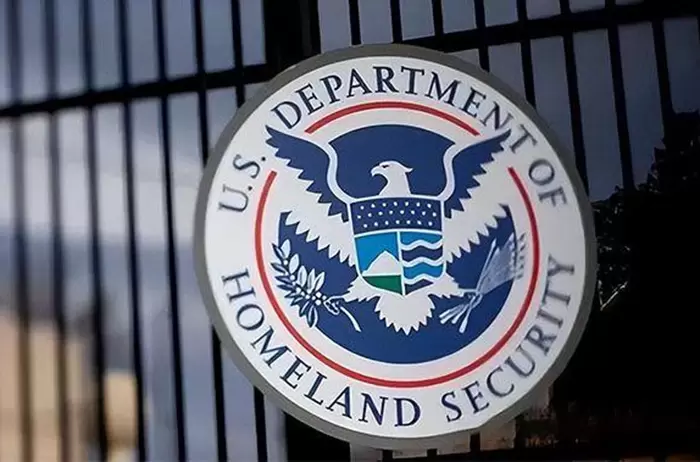Beyond the Skies: Unveiling the Safety of Airplanes as the Ultimate Mode of Transportation
2 min read
In today's fast-paced world, where time is of the essence, airplanes have become an integral part of our lives. With their ability to transport us swiftly across vast distances, it's natural to wonder: Are airplanes the safest form of transportation? In this blog post, we will delve into the various aspects of aviation safety, exploring the rigorous measures, advanced technologies, and comprehensive training that make airplanes the epitome of secure travel.
- Stringent Safety Regulations:
Air travel is governed by a multitude of regulations and standards set by international aviation authorities. From aircraft design and manufacturing to maintenance and operations, every aspect is meticulously scrutinized to ensure the highest level of safety. These regulations encompass everything from structural integrity and engine performance to emergency procedures and crew training. - Advanced Technology:
Modern airplanes are equipped with cutting-edge technology that enhances safety in numerous ways. From sophisticated navigation systems and weather radar to collision avoidance systems and automated flight controls, these advancements minimize the risk of accidents caused by human error or adverse weather conditions. Additionally, black box recorders provide valuable data for accident investigations, enabling continuous improvements in aircraft design and safety protocols. - Robust Maintenance Practices:
Airplanes undergo rigorous maintenance procedures to ensure their airworthiness. Regular inspections, routine maintenance checks, and adherence to strict maintenance schedules are paramount. Any potential issues are promptly identified and addressed, preventing them from escalating into safety hazards. Furthermore, comprehensive maintenance records are maintained for each aircraft, allowing for traceability and accountability. - Pilot Training and Expertise:
Pilots undergo extensive training and must meet stringent requirements before they can operate commercial aircraft. From flight simulators and theoretical coursework to practical flight hours, pilots are equipped with the knowledge and skills necessary to handle various scenarios. Additionally, recurrent training and proficiency checks are conducted to ensure their skills remain sharp and up-to-date with the latest industry standards. - Safety Culture and Continuous Improvement:
The aviation industry has fostered a strong safety culture that prioritizes learning from past incidents and near-misses. Lessons learned from accidents are thoroughly analyzed, leading to the implementation of new safety measures and protocols. This commitment to continuous improvement has resulted in a steady decline in aviation accidents over the years, making air travel increasingly safe.
Conclusion:
In conclusion, airplanes have emerged as the safest form of transportation due to the stringent safety regulations, advanced technology, robust maintenance practices, pilot training, and the industry's commitment to continuous improvement. While no mode of transportation can ever be completely risk-free, the aviation industry's relentless pursuit of safety has made air travel remarkably secure. So, the next time you board a plane, rest assured that you are embarking on a journey that has been meticulously designed to prioritize your safety above all else.

